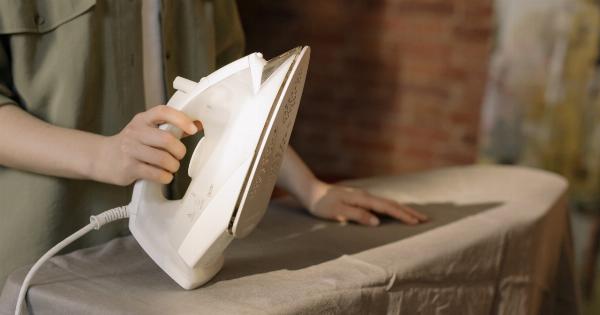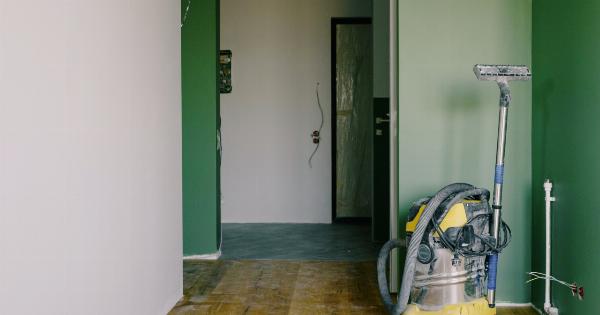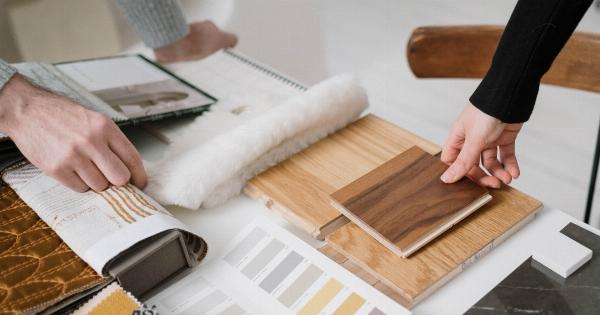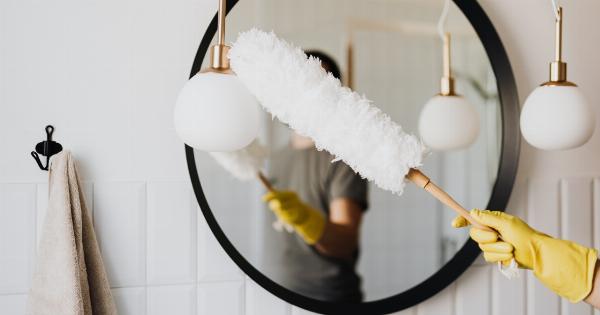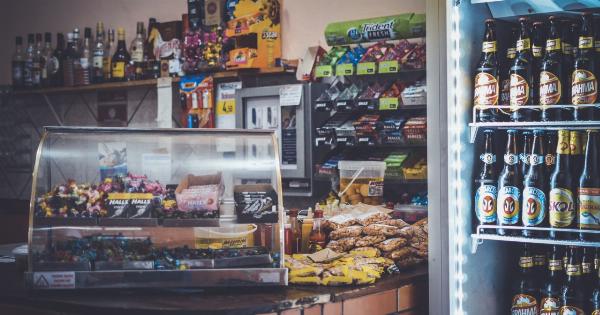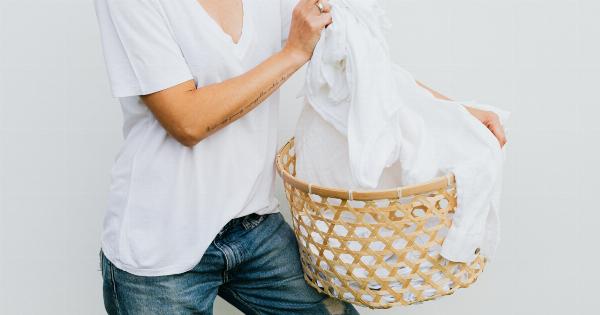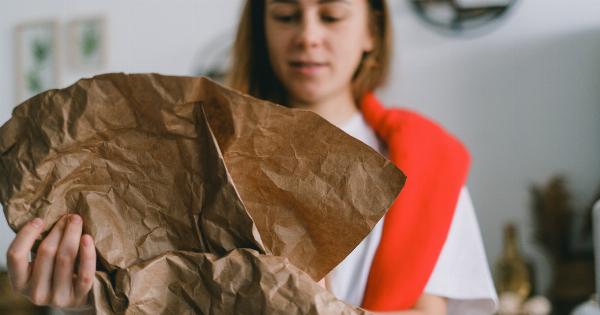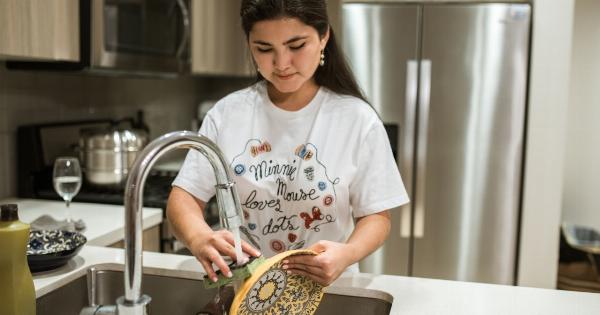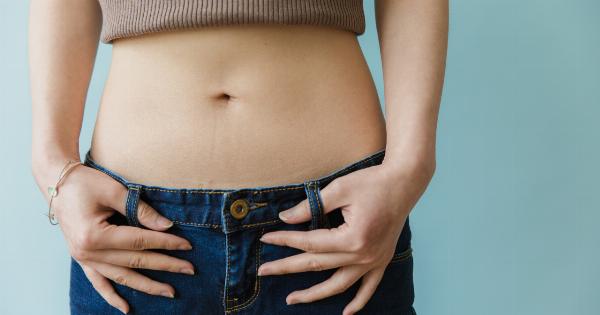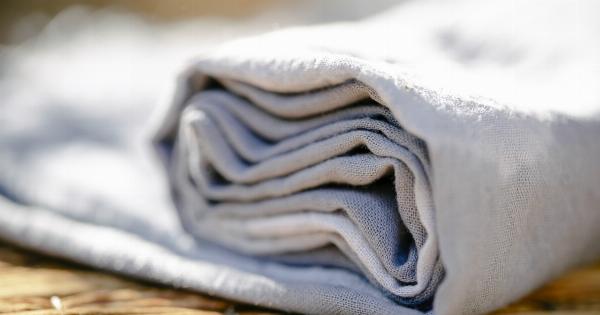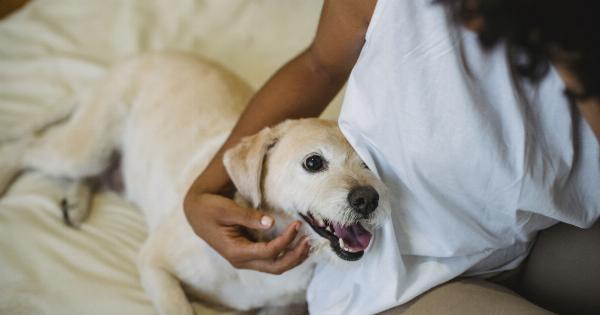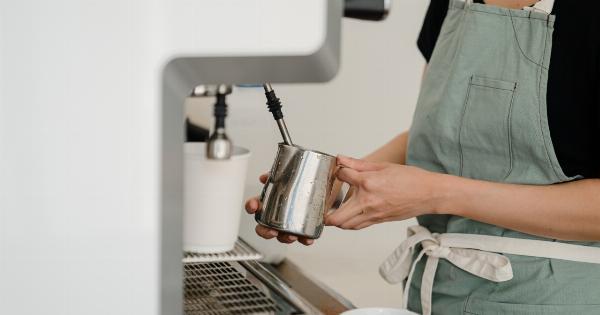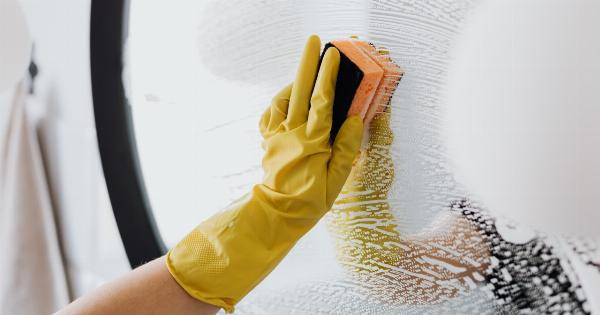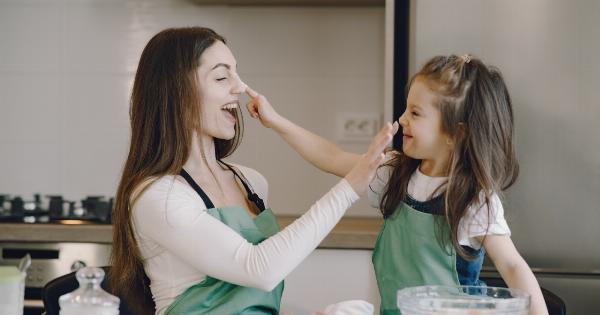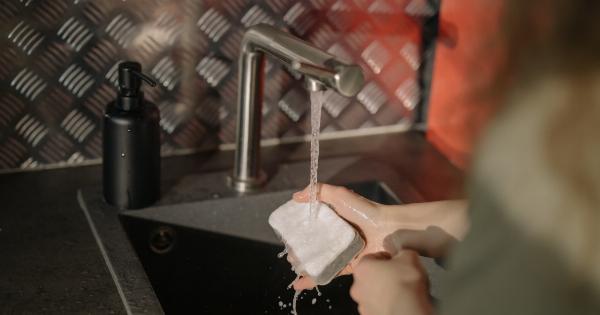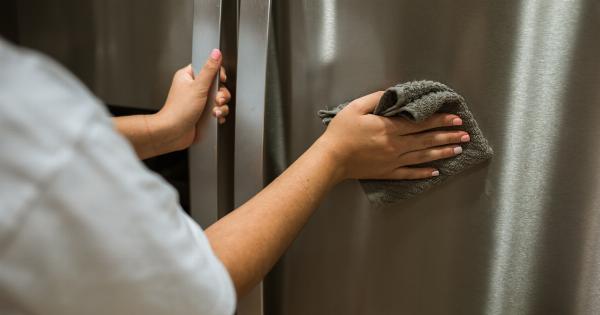When it comes to cleanliness, most of us focus on scrubbing the kitchen countertops or sanitizing the bathroom. However, the filthiest things in our homes are often those that we least expect.
In this article, we will delve into the hidden culprits and reveal the true dirtiest items lurking in your house.
1. Kitchen Sponge
Did you know that your kitchen sponge is a breeding ground for bacteria? With its damp and porous nature, it becomes an ideal environment for microorganisms to thrive.
Regularly cleaning and replacing your sponge can help prevent the spread of germs in your home.
2. Cutting Board
While it may seem innocuous, your cutting board can harbor harmful bacteria, especially if it is not properly cleaned after each use. The grooves created by knives can provide a cozy spot for germs to hide.
Be sure to wash your cutting board with hot, soapy water and sanitize it regularly.
3. Remote Control
How often do you clean your TV remote control? Studies have shown that remote controls can contain higher levels of bacteria than some public surfaces.
Wiping it down with a disinfectant regularly can help eliminate these germs and prevent their spread.
4. Toothbrush Holder
We spend a significant amount of time ensuring our toothbrushes are clean, but what about their holder? Toothbrush holders can accumulate mold, bacteria, and even fecal matter from toilet flushes.
Regularly washing them with hot water and soap can prevent these contaminants from lingering.
5. Bathroom Towels
Although we use them to dry ourselves after a shower, bathroom towels can become breeding grounds for bacteria and mold. The warm and moist environment they provide is perfect for microorganisms to proliferate.
Make sure to wash your towels frequently and avoid sharing them with others.
6. Cell Phones
Our cell phones are constantly in our hands or close to our faces, making them a breeding ground for germs. Studies have found that cell phones can carry more bacteria than a public toilet seat.
Regularly cleaning your phone with an alcohol-based wipe or disinfectant spray can help keep it germ-free.
7. Kitchen Sink
Many people assume that their kitchen sink is clean because water runs through it constantly. However, studies have shown that kitchen sinks can harbor more bacteria than toilet seats.
Regularly wiping down and sanitizing your sink can help keep harmful germs at bay.
8. Computer Keyboard
Think about how often you touch your computer keyboard throughout the day. Now think about the last time you cleaned it. Keyboards can accumulate dirt, dust, and bacteria over time, potentially leading to respiratory issues or infections.
Regularly cleaning your keyboard with disinfectant wipes can help eliminate these risks.
9. Pet Bowls
We love our furry friends, but their food and water bowls can become dirty quickly. Bacteria, mold, and yeast can accumulate in these bowls, potentially leading to digestive issues for your pets.
Regularly washing and sanitizing their bowls can help keep your pets healthy and happy.
10. Light Switches
Light switches are touched multiple times a day by different people, yet they are often overlooked when it comes to cleaning. Studies have found that light switches can harbor higher levels of bacteria, including E. coli and Staphylococcus.
Regularly wiping down your light switches with a disinfectant can help prevent the spread of germs.
Conclusion
While most of us focus on cleaning the obvious areas of our homes, it’s important not to overlook the true culprits of filth.
From the kitchen sponge to the light switches, these unsuspecting objects can harbor alarming amounts of bacteria and germs. By regularly cleaning and sanitizing these items, we can create a healthier and safer environment for ourselves and our loved ones.




